How to Plant Chayote
- April 1, 2024
- 0 comment
Learn how to plant Chayote (Sechium edule), a vine fruit from Central America known for its versatility in cooking and nutritional value. This guide provides a step-by-step approach to growing chayote in your home garden, ensuring a successful harvest of this globally popular produce.
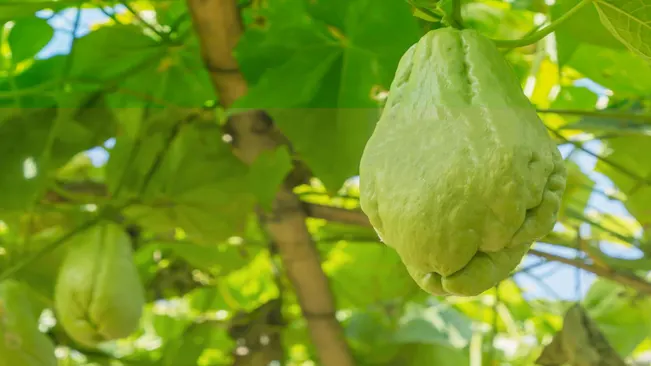
| Benefit | Description |
|---|---|
| Nutrient-Rich | Chayote is a low-calorie fruit packed with important vitamins and minerals, including vitamin C, B-vitamins, potassium, magnesium, and folate. |
| Supports Heart Health | The fiber and antioxidants in chayote can help lower cholesterol levels and improve overall heart health. |
| Aids Digestive Health | High in dietary fiber, chayote promotes bowel regularity and aids in healthy digestion. |
| Helps in Weight Management | Being low in calories and high in fiber, chayote can be a beneficial addition to a weight loss or management diet. |
| Anti-Inflammatory Properties | Contains antioxidants that help reduce inflammation in the body, potentially reducing the risk of chronic diseases. |
| Good for Diabetics | Chayote has a low glycemic index, which means it won’t cause significant spikes in blood sugar levels, making it a good choice for people with diabetes. |
| Supports Healthy Skin | The vitamin C in chayote is crucial for skin health, aiding in collagen synthesis and protecting against UV-induced photodamage. |
| Boosts Overall Immunity | With its rich content of vitamins and minerals, chayote helps strengthen the immune system, making the body more capable of warding off infections and illnesses. |
| Promotes Prenatal Health | The folate present in chayote is important for pregnant women as it helps in the healthy development of the fetus, particularly in the formation of the neural tube. |
| Hydrating | Chayote has a high water content, which can help keep you hydrated and support overall health. |
Understanding Chayote
Before you begin planting, it’s crucial to understand a bit about the plant. Chayote is a perennial vine that can grow up to 50 feet in length, thriving in warm and humid climates. Each fruit is roughly pear-shaped and has a unique flavor, often compared to a cross between a potato and cucumber.
Botanical Profile
- Scientific Name: Sechium edule.
- Family: Cucurbitaceae, the same family as cucumbers, melons, and squash.
Physical Characteristics
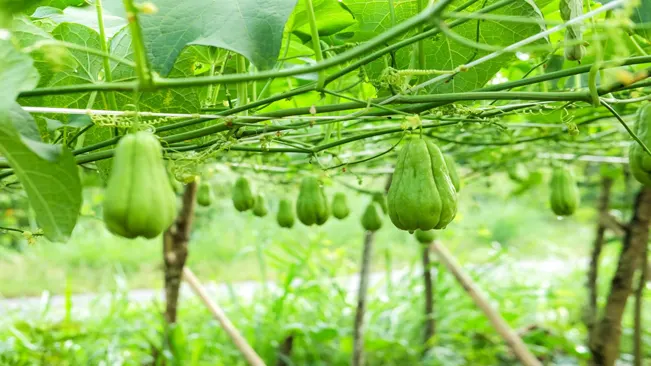
- Growth Habit: Chayote is a fast-growing vine, capable of reaching lengths of up to 50 feet. It often requires sturdy support.
- Leaves: The leaves are large, green, and heart-shaped, providing a lush appearance.
- Flowers: Chayote plants produce small, non-showy flowers. They are monoecious, meaning each plant has both male and female flowers, which is important for fruit production.
Fruit Characteristics
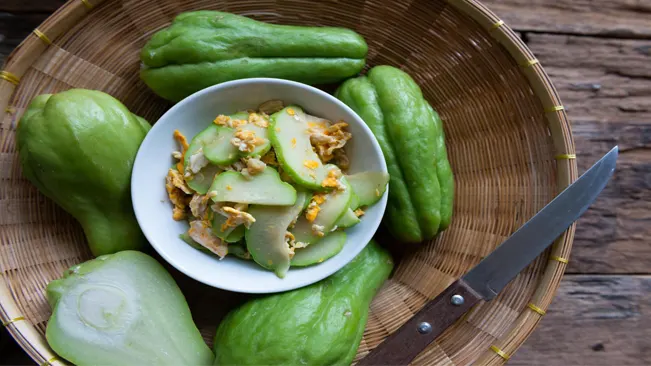
- Appearance: The chayote fruit varies in shape, but it’s typically pear-shaped with deep ridges and a pale green color. Some varieties may have spines.
- Taste and Texture: The flesh is crisp and mildly sweet, reminiscent of a cross between a potato and cucumber. It can be eaten both raw and cooked.
- Culinary Uses: Chayote is incredibly versatile in the kitchen. It can be sliced for salads, stewed, baked, fried, or even stuffed. The young shoots and leaves are also edible and used in some cuisines.
Cultivation
- Propagation: Chayote is unique in that it is propagated from the mature fruit. Unlike most fruits, where seeds are extracted and planted, the entire chayote fruit is planted.
- Growth Cycle: From planting to harvest, it can take around 4 to 5 months, depending on the climate and growing conditions.
Choosing the Right Location
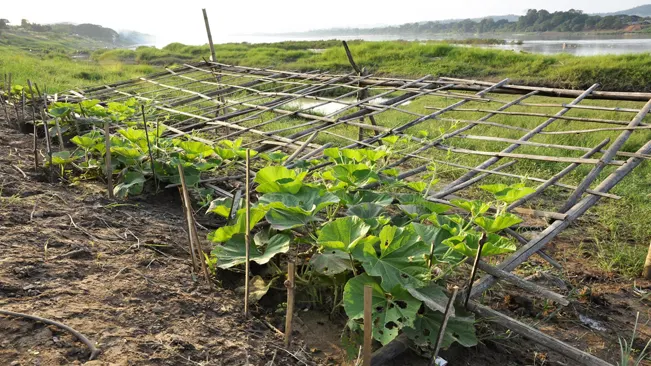
- Climate
- Frost-Free Growing Season: Chayote is sensitive to frost and cold temperatures. It grows best in areas where the growing season is long and free of frost. The plant will die if exposed to frost or very cold temperatures.
- Ideal Temperature Range: Temperatures between 50°F and 80°F are optimal. If temperatures consistently fall below this range, especially at night, the plant’s growth can be stunted, and fruit production may be poor.
- Sunlight
- Full Sun to Partial Shade: Chayote vines need ample sunlight to flourish and produce fruit. A location that receives direct sunlight for most of the day is ideal.
- Sunlight Intensity: While the plant thrives in full sun, in very hot climates, some afternoon shade can be beneficial to prevent excessive heat stress.
- Soil
- Well-Draining Soil: Chayote doesn’t tolerate waterlogged conditions. Ensure the planting site has good drainage to prevent root rot and other water-related issues.
- Soil Richness: Soil rich in organic matter will provide the necessary nutrients for healthy growth. You can improve your soil quality by adding compost or well-rotted manure.
- Soil pH: A slightly acidic to neutral pH (6.0 to 6.8) is ideal. If your soil is too alkaline or too acidic, you may need to adjust it. Soil testing kits are available to determine your soil’s pH.
Planting Your Chayote
Seed Selection
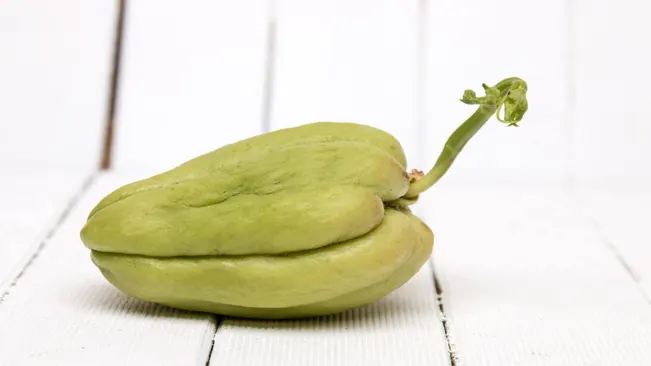
- Choosing the Right Chayote: When selecting a chayote for planting, opt for one that feels firm and heavy for its size. A mature chayote will usually have a slightly wrinkled skin and may even have small sprouts beginning to emerge. Avoid fruits that are overly soft, have dark spots, or signs of rot.
Sprouting
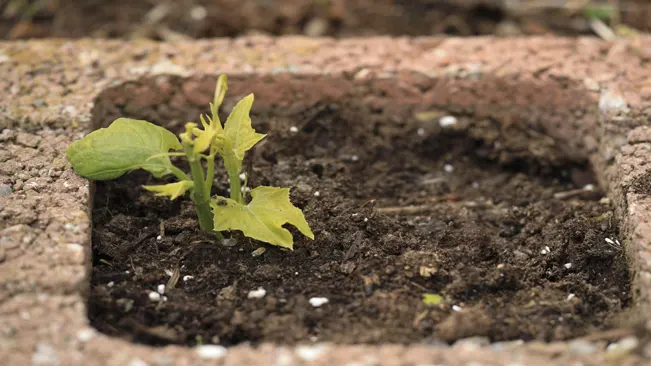
- Optimal Conditions for Sprouting: Place your chayote in a warm (around 70-80°F), dry place with good air circulation. A windowsill that receives indirect sunlight can be an ideal spot. This process can take anywhere from a few weeks to a couple of months.
- What to Expect: You’ll notice a sprout emerging from the fruit, typically from the broader end. It starts as a small bump, gradually turning into a shoot with leaves.
Planting
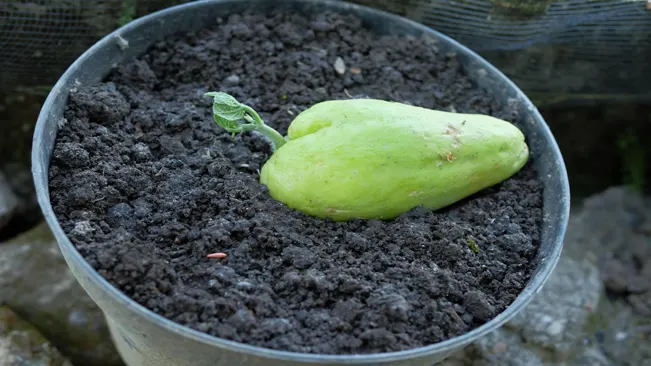
- Preparing the Soil: Before planting, make sure the soil is well-worked, loose, and enriched with organic matter such as compost. The area should be well-drained to prevent waterlogging.
- Planting Technique: Plant the chayote at a 45-degree angle, with the broader, more rounded end down in the soil and the end from which the sprout is growing sticking up above the soil. This angle assists in water drainage and encourages the sprout to grow upwards.
- Depth of Planting: Bury about half of the fruit under the soil, with the sprouted end protruding. The depth should be around 4 to 6 inches.
Spacing
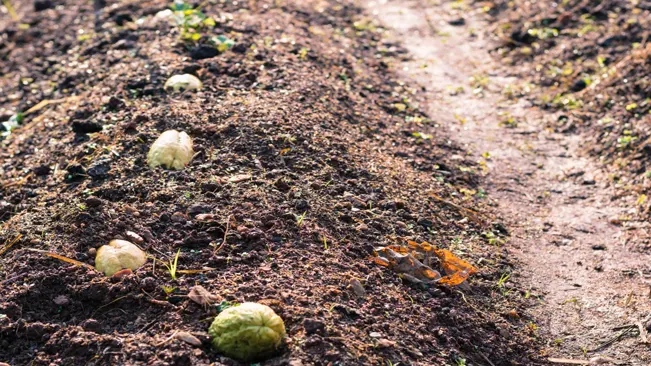
- Room for Growth: Chayote vines can grow quite extensively, sometimes reaching lengths of up to 50 feet. To accommodate this growth, plants should be spaced about 10 feet apart.
- Vertical Space: Don’t forget to consider vertical space. Chayote vines will climb and spread over whatever is available, so providing a sturdy trellis, fence, or other climbing structures is essential.
Caring for Your Chayote Plant
Watering
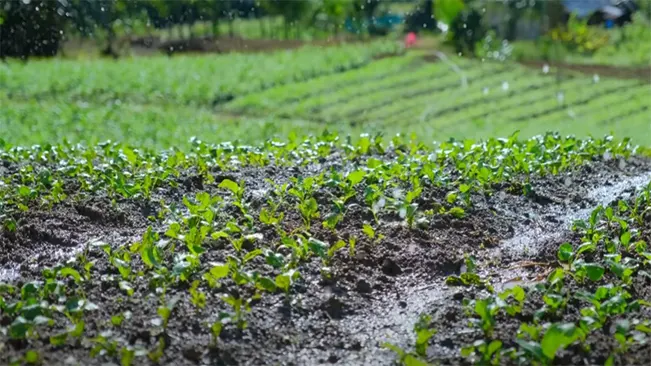
- Consistency is Key: Regular watering helps establish a strong root system. The soil should be kept moist, but it’s important to avoid over-watering as chayote doesn’t tolerate waterlogged conditions.
- Mulching: Applying a layer of organic mulch around the base of the plant can help retain soil moisture and regulate soil temperature.
- Monitoring: Pay special attention during hot, dry spells. The leaves will often signal if the plant is not receiving enough water by wilting or looking droopy.
Support
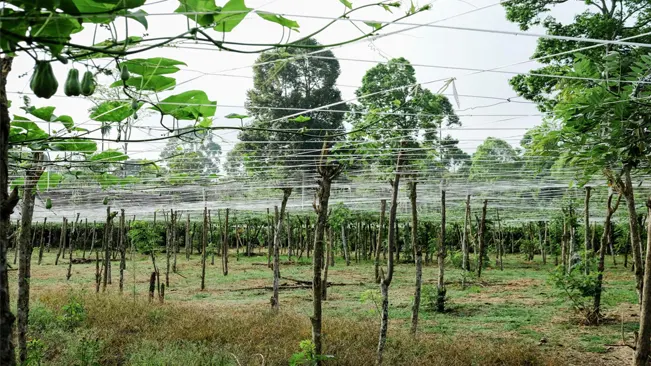
- Importance of Support Structures: Chayote is a climbing vine and requires a strong support structure like a trellis, fence, or even a sturdy pergola. Without support, the vines sprawl on the ground, making them more susceptible to pests and diseases.
- Training the Vines: Gently guide the growing vines onto the support structure. You may need to tie them loosely with garden twine to help them climb.
- Space for Growth: Ensure the support structure is spacious enough to accommodate the full growth of the vines, which can reach substantial lengths.
Fertilizing
- Type of Fertilizer: A balanced, organic fertilizer is best. Look for one that has equal parts nitrogen, phosphorus, and potassium (N-P-K).
- Application Frequency: Every 4-6 weeks during the growing season is ideal. Over-fertilizing can be detrimental, leading to more foliage growth at the expense of fruit production.
- Soil Testing: Occasionally testing the soil can be beneficial to understand if any specific nutrients are lacking and adjust the fertilization accordingly.
Pest Control
- Common Pests: Besides aphids, watch out for mites, whiteflies, and slugs.
- Natural Methods: Introducing beneficial insects like ladybugs or using neem oil can be effective against pests like aphids and mites.
- Pesticides: If natural methods are not sufficient, select a suitable pesticide. Always follow the manufacturer’s instructions and try to choose eco-friendly options.
- Regular Inspection: Checking your plants regularly for signs of pests or disease is crucial. Early detection often leads to more effective treatment.
Harvesting
Timing
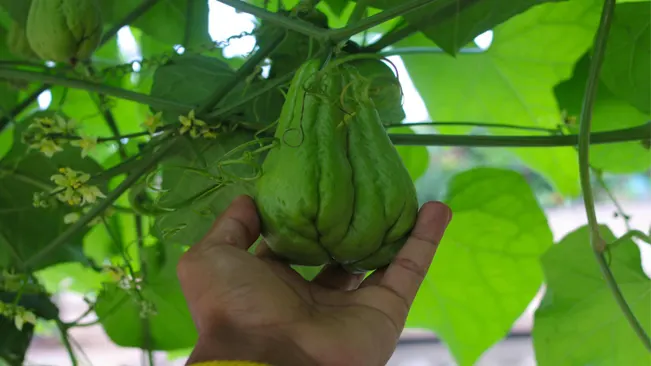
- Understanding Maturity: Recognizing when chayote is ready to harvest is key. The fruits should feel firm and be light green in color. If they start turning darker or develop soft spots, they might be overripe.
- Weather Considerations: Since chayote is sensitive to cold, it’s important to harvest before the onset of frost. Keep an eye on the weather forecasts as the growing season progresses.
Method
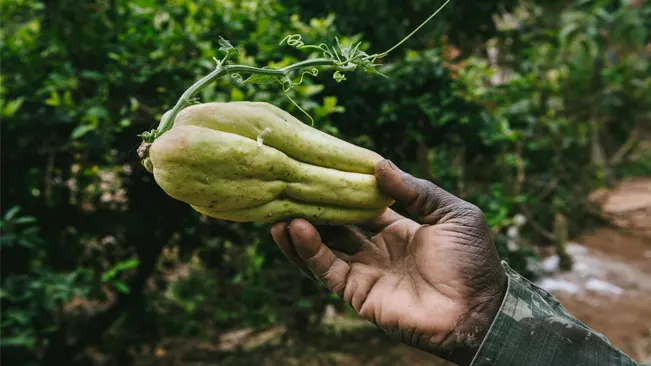
- Proper Technique: When you’re ready to harvest, use a sharp knife or pruning shears to cut the fruit from the vine. Be careful not to damage the vine, as it can continue producing fruit.
- Handling the Stem: Leaving a small piece of stem attached to the fruit can help prolong its shelf life. It prevents too much moisture from escaping and minimizes the risk of rot at the cut site.
Storage
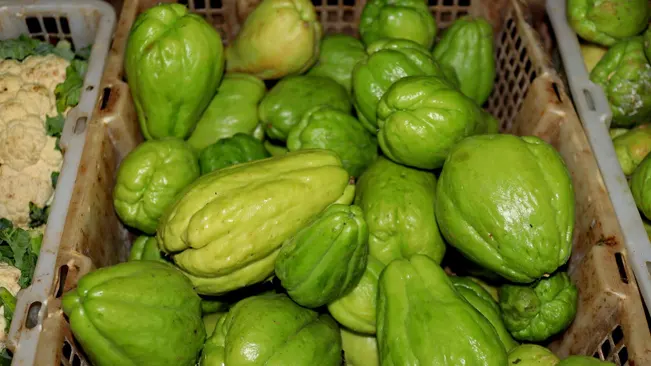
- Ideal Conditions: Store chayote in a cool (about 50-55°F), dry place with good air circulation. A pantry, root cellar, or even a cool garage can be suitable.
- Avoiding Moisture: Keep the fruits away from moisture as it can lead to quicker spoilage. They should not be washed until you’re ready to use them.
- Longevity: Under optimal conditions, chayote can last up to a month. However, it’s always best to check them periodically for any signs of spoilage.
Conclusion
Growing chayote can be a rewarding experience, offering a bounty of this unique fruit for your culinary explorations. By following these simple steps and providing consistent care, you can enjoy a successful harvest of chayote in your own backyard.
FAQs (Frequently Asked Questions)
- Do I need to buy special seeds to plant chayote?
- No, you can start with a mature chayote fruit from a grocery store or farmer’s market. The fruit itself acts as the seed.
- No, you can start with a mature chayote fruit from a grocery store or farmer’s market. The fruit itself acts as the seed.
- How long does it take for a chayote to sprout?
- It can take several weeks for a chayote to sprout. Keep it in a warm, dry place to encourage the process.
- It can take several weeks for a chayote to sprout. Keep it in a warm, dry place to encourage the process.
- What’s the best time of year to plant chayote?
- Plant chayote after the last frost in spring, as it requires a long, frost-free growing season.
- Plant chayote after the last frost in spring, as it requires a long, frost-free growing season.
- Does chayote need a lot of sunlight?
- Yes, chayote vines thrive in full sun to partial shade, so a sunny spot is ideal.
- Yes, chayote vines thrive in full sun to partial shade, so a sunny spot is ideal.
- How should I water my chayote plants?
- Keep the soil consistently moist, but avoid over-watering as chayote does not like waterlogged soil.
- Keep the soil consistently moist, but avoid over-watering as chayote does not like waterlogged soil.
- What type of soil is best for chayote?
- Chayote prefers well-draining soil rich in organic matter with a pH between 6.0 and 6.8.
- Chayote prefers well-draining soil rich in organic matter with a pH between 6.0 and 6.8.
- Do I need to provide support for the chayote vines?
- Yes, a trellis, fence, or similar structure is necessary for the vines to climb on and support their growth.
- Yes, a trellis, fence, or similar structure is necessary for the vines to climb on and support their growth.
- When is chayote ready to be harvested?
- Chayote takes about 120-150 days to mature and should be harvested before the first frost.
- Chayote takes about 120-150 days to mature and should be harvested before the first frost.
- Can chayote be grown in pots or containers?
- Yes, chayote can be grown in large containers, but ensure they have enough space and support for the vines.
- Yes, chayote can be grown in large containers, but ensure they have enough space and support for the vines.
- How do I protect chayote from pests and diseases?
- Regularly inspect your plants for signs of pests or diseases. Use organic methods or appropriate pesticides to control pests and keep the plant healthy.

Kristine Moore
Forestry AuthorI'm Kristine Moore, a seasoned garden landscaping professional with over 30 years of experience. My extensive career has been dedicated to transforming outdoor spaces into stunning, sustainable landscapes. With a deep understanding of horticulture, design principles, and environmental stewardship, I have become a respected figure in the field, known for creating harmonious, visually appealing, and eco-friendly gardens. My commitment to excellence and continuous learning in landscaping trends and techniques has solidified my reputation as an expert in garden design and implementation.


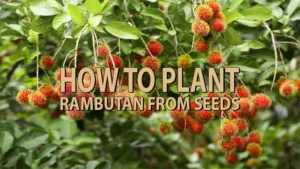

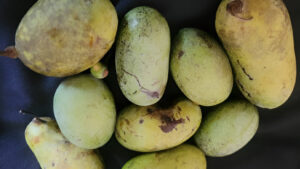








Leave your comment